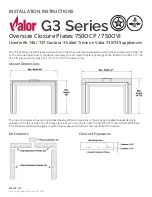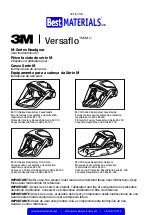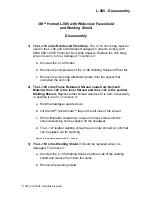
Trojan Battery Lithium-Ion FAQ Guide Rev 06/20/2022
2
GENERAL (CONT.)
How do I select the right number
of batteries for my golf car?
Many factors will go into choosing the correct setup for your unique golf car. Factors
that must be considered are:
• Motor Controller Size
• Drive Motor Size
• Oversized Tires or Aftermarket Gearing
• Accessories Using Battery Power (Lights, Radios, etc)
The Trojan GC2 48V Lithium-Ion Battery configuration should be matched to each
golf car to support the instantaneous load that is dictated by the motor controller
and also the continuous load generated by driving at top speed plus the load of any
accessories that may be running.
Authorized Trojan Lithium-Ion Dealers can assist you in determining the best
configuration for your needs.
PERFORMANCE
How does temperature affect the
performance of my batteries?
Generally, the battery performance is directly related to temperature. Charging
and discharging minimum and maximum temperatures are listed below. There are
additional charging temperature constraints described in the User's Guide.
Is there a maximum temperature
for discharging my batteries?
The Trojan GC2 48V Lithium-Ion Battery will disable both charge and discharge
functions when the internal battery temperature exceeds 140°F (60°C) or falls below
-4°F (-20°C).
If discharge functions are disabled, they will be restored automatically when the
internal battery temperature is between 14°F (-10°C) and 131°F (55°C).
How long will this battery last?
The Trojan GC2 48V Lithium-Ion Battery has an expected life of at least eight years or
4,000 cycles to 70% depth of discharge. Expected life is per manufacturer guidelines.
What is the range in miles I can
expect on one or more batteries
connected in my golf car?
For a standard golf car (3.5 HP motor and 250A motor controller), two batteries will
go for 30-45 miles, whereas three batteries are good for up to 60 miles. One battery
(not generally recommended except in lite use cases) will go for less than 30 miles
with one person in the car and no additional load in the car.
Actual driving range will vary depending on factors including, but not limited to, load,
terrain, temperature and equipment.


























